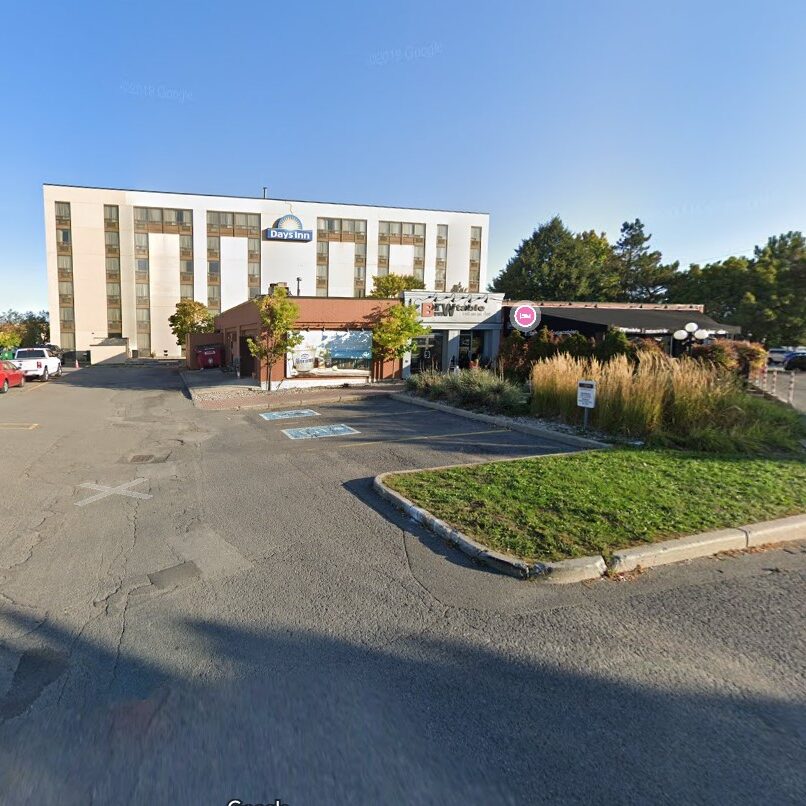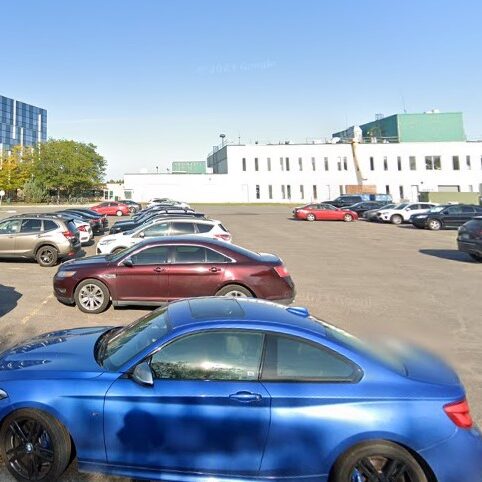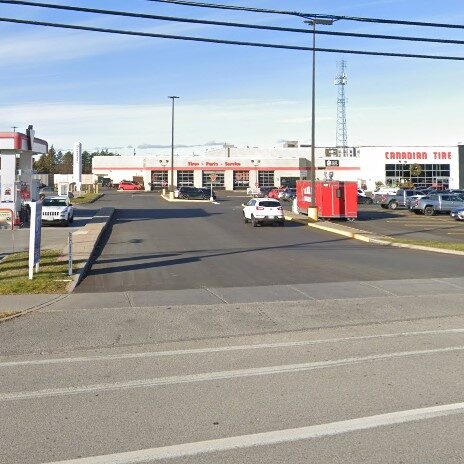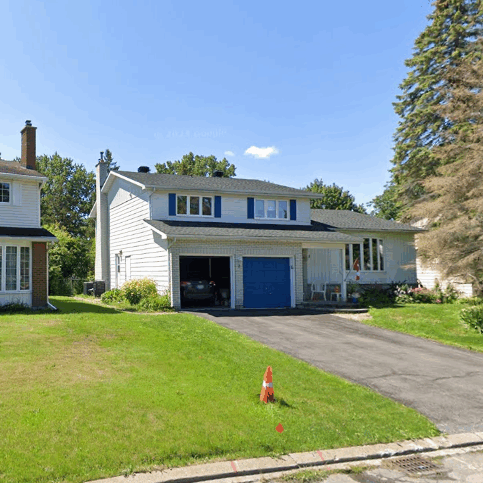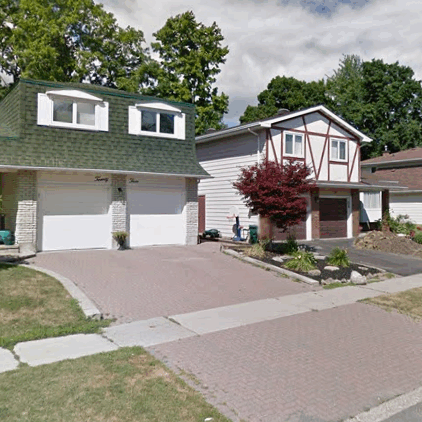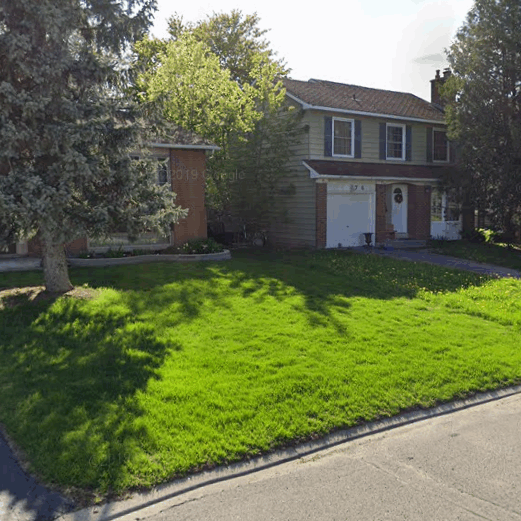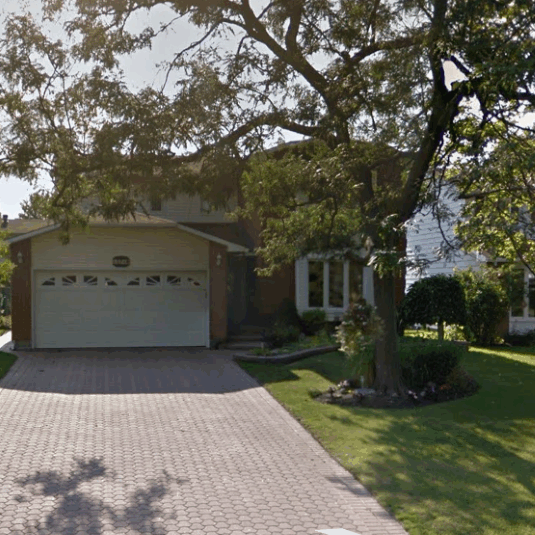Ottawa is in the process of updating the Zoning By-laws that guide development city-wide. It has been nearly 20 years since the City of Ottawa’s last major update to the Zoning By-laws, and consultations are happening now on the second draft of these proposed, new Zoning By-laws.
In addition to reflecting the updates from the City’s new Official Plan, the draft proposals incorporate the extensive legislative changes from the Provincial Government surrounding development and planning in Ontario. In particular, they reflect the Province’s policies regarding increasing density in established neighbourhoods.
Background
In Ontario, municipalities are required to update their Official Plan and Zoning By-laws on a regular basis. These proposals are happening as part of that update. Beyond simply updating existing Zoning By-laws, the new By-laws integrate the legislative changes introduced by the Government of Ontario, as part of their efforts to speed up new housing construction and increase housing density in Ontario cities. These changes have also removed many of the authorities and powers that municipal Councils have traditionally had to approve or reject development applications.
In all cases, Provincial legislative and regulatory changes supersede municipal By-laws, culminating in much of what we are seeing in the Draft Zoning By-laws before us today.
Major legislative changes, already in effect, from the Government of Ontario include:
- Bill 23, More Homes Built Faster Act, 2022: which overrides municipal Zoning By-laws, and increases the allowable number of units within all “residential” zones, province-wide.
- Bill 109, More Homes for Everyone Act, 2022 and Bill 185, Cutting Red Tape to Build More Homes Act, 2024: together these bills significantly reduce the power of a municipal Council to reject, delay, or alter many development proposals. They impose strict timelines on a municipality to render decisions. Site Plan Control Applications, where no zoning amendments or changes are being sought by the property owner, are required to be approved by Planners, and also have strict timelines imposed. City Councillors no longer have the ability to remove “delegated authority” from City Planners, and force a development application to go to Planning and Housing Committee, or Council for a vote.
In May 2025, the Provincial Government announced their intention to introduce further new legislation to speed up development and streamline costs for developers. It is likely that this newest legislation will have further impacts on how development applications are processed by municipalities in Ontario.
All of the proposed new zoning can be found on the City’s website, through a 3D interactive map that allows you to compare the current zoning with the proposed future zoning. You can find this map at: https://ottawa.ca/en/planning-development-and-construction/maps-and-zoning/new-zoning-law-3d-interactive-map#section-0794131e-b1d3-455a-903f-95153916d688 .
Proposed Changes and what they would mean for Blackburn Hamlet
Before any new zone mapping could be started, the City was required to update its Official Plan document. The Official Plan is the overarching framework for shaping zoning policies, by breaking up the city into various “Transects”.
Each Transect referred to a specific geographic area, and neighbourhoods were classified within each one based on their location.
- When the new Official Plan was passed, Blackburn Hamlet was classified as falling into the “Outer Urban” Transect, which groups all of those neighbourhoods along the inside edge of the Greenbelt. This is in contrast to the communities in Orléans, which were grouped together in the “Suburban” Transect, which was defined as those communities outside of the Greenbelt, but within the Urban Boundary. When Ottawa’s new Official Plan was approved by the City, and then the Government of Ontario, the differences between these two groups was minimal.
- The Zoning By-laws used City-wide, set housing allowances for residential neighbourhoods, the draft By-laws use “Neighbourhood Zones” (replacing the older, numbered “R” zones with numbered “N” zones), each with their own corresponding zoning allowances.
- In the years since the passing of the Official Plan, as staff worked to prepare new, community-level Zoning By-laws, in line with the Province’s new housing targets and rules, it has led City staff to propose higher density zoning for Blackburn Hamlet compared to Orléans communities. Broadly speaking, City Planners have proposed “up-zoning” Blackburn Hamlet, from the existing zoning.
- With these new density targets, Blackburn Hamlet is proposed to have zoning more commonly used in communities like Alta Vista or Beacon Hill; an increase, compared to Orléans neighbourhoods, that are generally keeping the existing zoning levels.
- This means that residential zoning in Blackburn Hamlet would start at N2, allowing up to six units, as the baseline for all property parcels across the Hamlet. This does not mean all properties would be zoned N2, but that is the minimum residential zoning classification for the Hamlet.
- This is in contrast to Orléans communities, where the baseline starts at N1, allowing four units by right.

Overview of the density targets set by the Province within the current “R” zoning, and how they would be reflected in the new neighbourhood zoning.
While all neighbourhoods in Ottawa will see new zoning, allowing for greater density, and many may accuse local opposition to the changes as nothing more than NIMBYISM, there are certain features that are unique to Blackburn Hamlet that make staff’s proposed zoning concerning.
Blackburn Hamlet Transportation Infrastructure Limitations
Getting in and out of our community:
Unlike the more porous communities found in other parts of the city, Blackburn has, and will only ever have, three roads in or out of the community. As it stands, none of these roads have room for expansion, or for oversizing infrastructure. The City of Ottawa built the Blackburn Bypass precisely because the road infrastructure within the Hamlet is so limited. Any potential increase in density must take this into account. Even with more modest N1 changes, would likely still see substantial pressure on the community should there be a marked increase in infill redevelopment.

Innes Rd and Bearbrook Rd:
All other communities that are proposed to have similar zoning classifications to Blackburn Hamlet are connected by large, arterial roads. Beacon Hill has Montréal Rd and Ogilvie Rd, Alta Vista has Heron Rd and Bank St, etc. These are large roads, with multiple lanes in each direction, with separated medians. Bearbrook and Innes Rd are simply not comparable.

The intersection at Innes Rd and Bearbook Rd: To get anywhere within the Hamlet, or to leave it, the vast majority of drivers require travelling through a single intersection that is already at capacity. Like with the entrances to the Hamlet, there is no ability to expand the capacity of this intersection.


Blackburn Hamlet compared to Bells Corners
Bells Corners, the only other neighbourhood that “fell between the cracks” as not perfectly fitting inside the Greenbelt, but also not outside of it, was also classified under the “Outer Urban” Transect and is subject to similar zoning proposals.
When comparing the characteristics of Blackburn Hamlet with Bells Corners, the differences are pronounced.
Looking at the infrastructure and porosity, Bells Corners is significantly more porous, with major access routes in/out in all directions. With access to and from Moodie Drive, Old Richmond Road, Robertson Road, and Bruin Road.

Further to this, most of those roads are median separated, 4-lane roads, with radically more capacity when compared to Blackburn Hamlet. The main intersection, at Robertson Road and Moodie Drive, has multiple lanes in all directions, channel lanes for right turns, and dedicated bus lanes. Blackburn has none of this infrastructure, nor does it have the physical capacity to expand.

Bells Corners has considerable lands dedicated to multiple major commercial plazas, with sprawling parking lots; as well as extensive light industrial facilities; multiple large scale office buildings; with these expansive properties encompassing much of the northern half of the community.
All of these characteristics would support substantially higher levels of intensification, as there are extensive amenities still within the community. By contrast, Blackburn Hamlet has quite simply none of these characteristics. There are only three strip malls at the community’s single major intersection.
Blackburn Hamlet compared to Orléans
- The original builder of Blackburn Hamlet used the exact same house models and community design plans in other parts of Orléans such as in Convent Glen.
- While it was originally built as a “complete community”, with local schools, limited shopping, and parks, that does not mean that it can support the kind of population density on par with the communities surrounding Montréal Rd, Alta Vista Dr, or St. Laurent Blvd.
- In all respects, it is more closely aligned with the immediately adjacent community of Chapel Hill, than any of those communities to the west.
The below photos are examples of housing found in both Blackburn Hamlet and Convent Glen. Can you tell the difference? Don’t be surprised if you can’t.
The same developer built much of both communities, and even used the same architectural plans.
Conclusion
While the Official Plan Transect designations cannot be changed, they were established under different circumstances, and the zoning framework now being applied to Blackburn Hamlet is not appropriate.
It is imperative that the City Planners understand that it is not NIMBYISM, or a lack of support for new housing in the community, but rather concern that the future zoning must reflect the realities of the community. The infrastructure, the history, and the existing make-up of the community.
Ongoing Consultations
The draft Zoning By-laws are available now on Ottawa.ca and it is important that as a community, the voices of Blackburn Residents are heard. The consultation period is running until June 30, 2025.
Submit your feedback: visit https://engage.ottawa.ca/zoning, to learn more about the proposed changes and to complete the online survey. You can also share your feedback by emailing NewZoning@Ottawa.ca
I would also ask that you include me in any emails, or feedback, so that I can also track and present concerns to the City Planners, and my Council Colleagues. Laura.Dudas@Ottawa.ca
Attend a consultation session: both in-person consultation opportunities are available.
-
- In-person open house: Monday, June 2 from 6:30-8:00PM at Ben Franklin Place (101 Centrepointe Drive).
- Virtual open houses: Thursday, May 29 from 6-8:00PM and on Tuesday, June 3 from 6-8:00PM.
- Additional consultation sessions will take place from September-January, for Draft 3.
